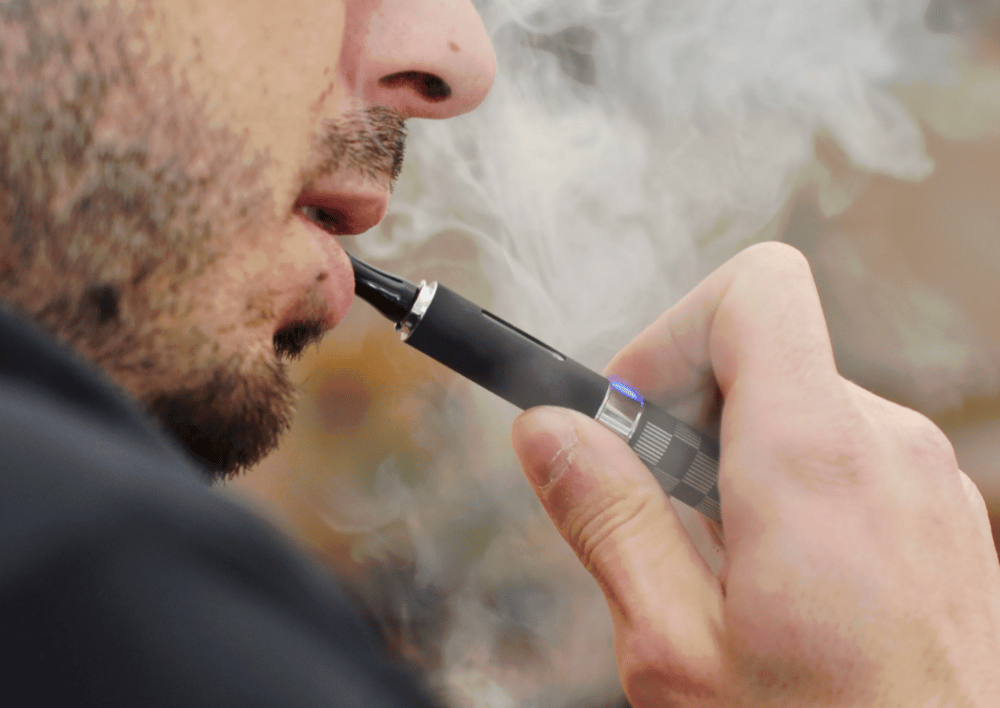Altria Beats Q1 Earnings Expectations Despite E-Cigarette Setback Amid Shifting Tobacco Landscape
Altria Group Inc. $MO, one of the largest tobacco companies in the U.S., reported first-quarter earnings that exceeded Wall Street estimates. However, the results were clouded by a significant impairment charge of $873 million related to its e-cigarette business, reflecting a sharp decline in shipments due to ongoing patent litigation.
Despite the headwinds in the vapor segment, Altria's performance was buoyed by robust demand for alternative nicotine products, such as its on! nicotine pouches and NJOY e-vapor offerings. These gains have partially offset the continued structural decline in traditional cigarette volumes, highlighting the company’s evolving product strategy amid changing consumer habits and regulatory pressure.
Where Strength Emerged in a Changing Market
Altria’s shift from legacy tobacco toward modern oral and vaping categories is gradually taking shape. The company’s recent earnings reveal how these segments are becoming more than just complementary—they're critical to future growth.
Key contributing areas to Altria’s Q1 performance included:
Outperformance in Smokeless Products Strong sales of on! nicotine pouches have become a standout performer as consumers seek discreet, smoke-free options.
Resilience in Core Cigarette Brands While overall cigarette shipments declined, pricing discipline and brand loyalty around Marlboro supported revenue stability.
Operational Cost Management Continued focus on streamlining operations helped protect margins amid volume pressures.
Revenue from NJOY Acquisition Though temporarily challenged by legal setbacks, NJOY remains strategically positioned as a long-term growth driver.
Share Buybacks and Dividend Policy Altria continued to return capital to shareholders, which remains central to its investor appeal.

Potential Roadblocks in the Smoke-Free Transition
Patent Disputes: The legal battle affecting NJOY shipments has had a material impact, underscoring the vulnerability of newer product lines to intellectual property conflicts.
Regulatory Scrutiny: The FDA's ongoing crackdown on flavored vapes and nicotine limits poses continued challenges for product innovation.
Market Fragmentation: Intense competition from independent brands and overseas manufacturers is making consumer acquisition more costly.
Declining Smoking Rates: While anticipated, the pace of cigarette consumption decline has accelerated in some demographics, eroding a once-reliable cash cow.
Shifting Tastes and Strategic Rebalancing
The tobacco giant’s latest results underscore a broader industry transition: from smoke to smokeless. As younger consumers move away from traditional tobacco products, demand is consolidating around pouches, vapes, and heat-not-burn formats. Altria’s investment focus now clearly reflects this trend.
While the impairment charge tied to NJOY is a near-term drag, management’s message remains confident: alternative products are not just a hedge, but the future of nicotine consumption in a regulated market. The challenge lies in navigating legal, regulatory, and competitive hurdles while defending cash flow and dividend payouts that have historically defined the company’s appeal.















Comments